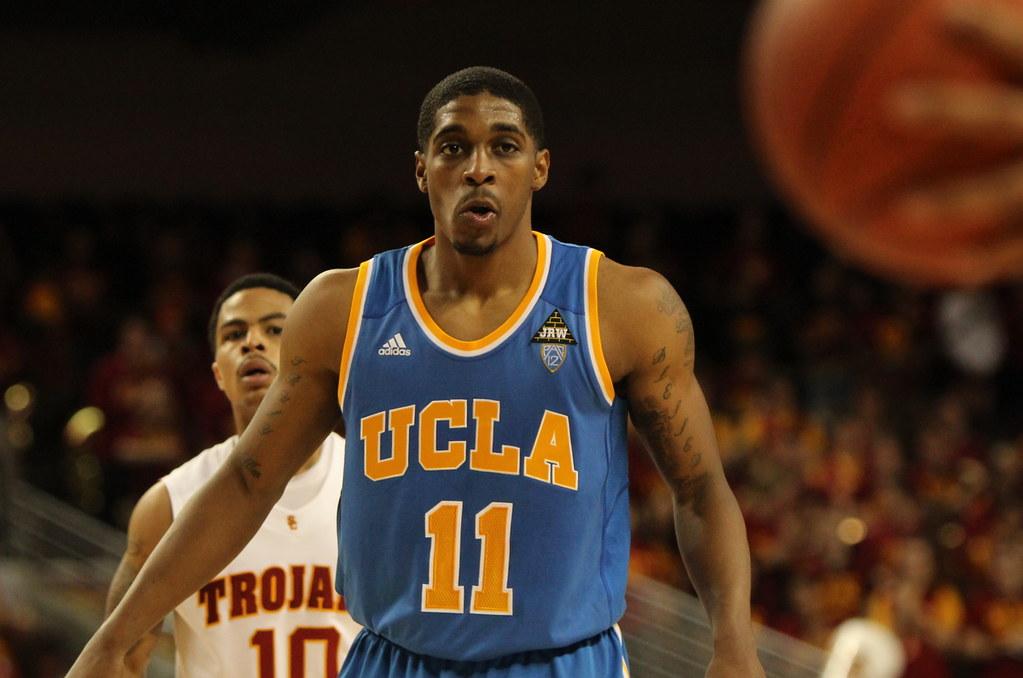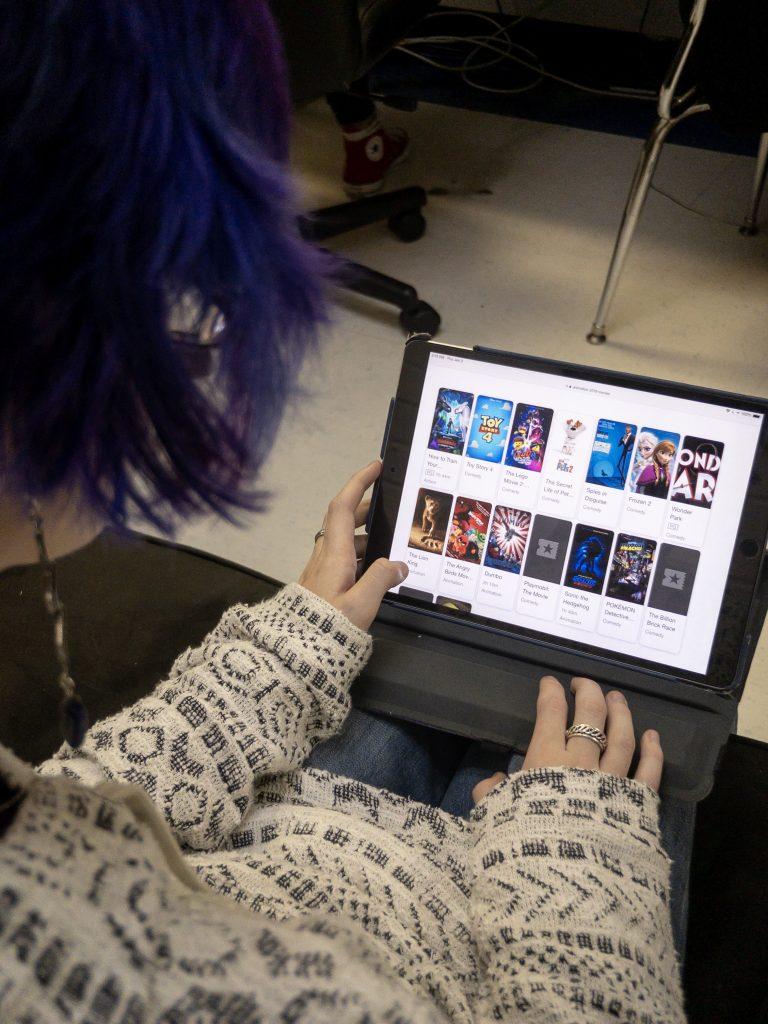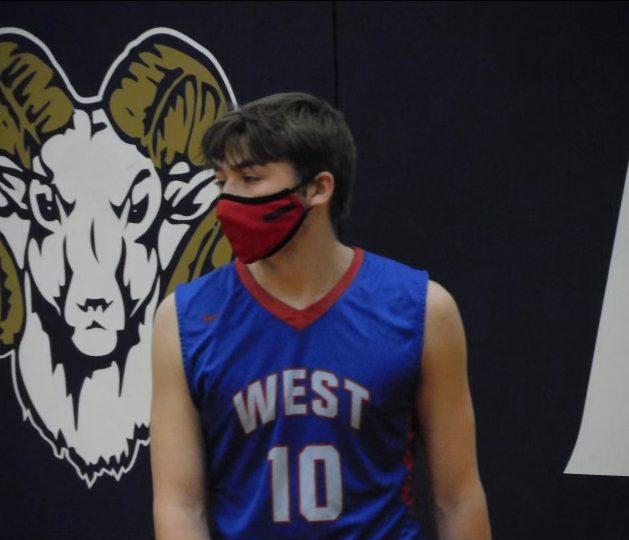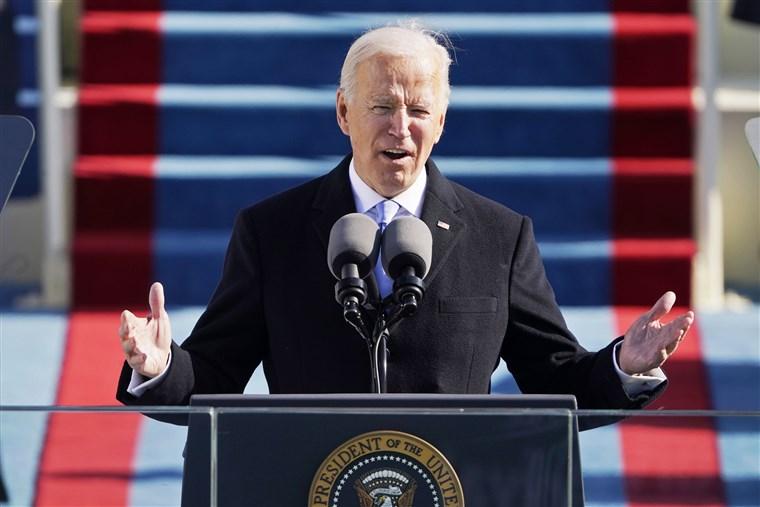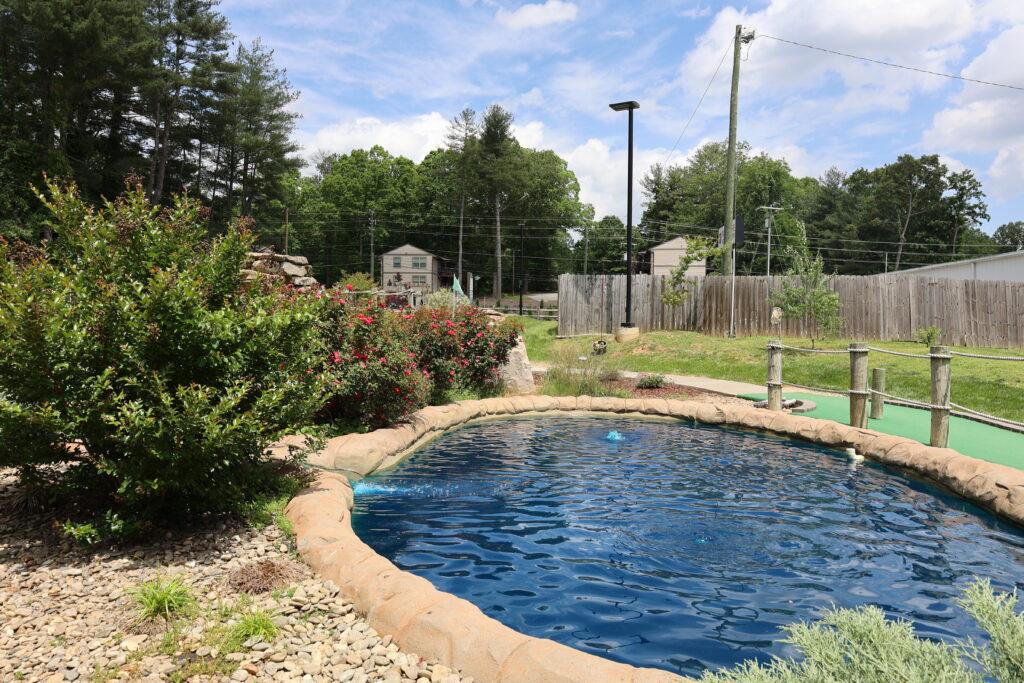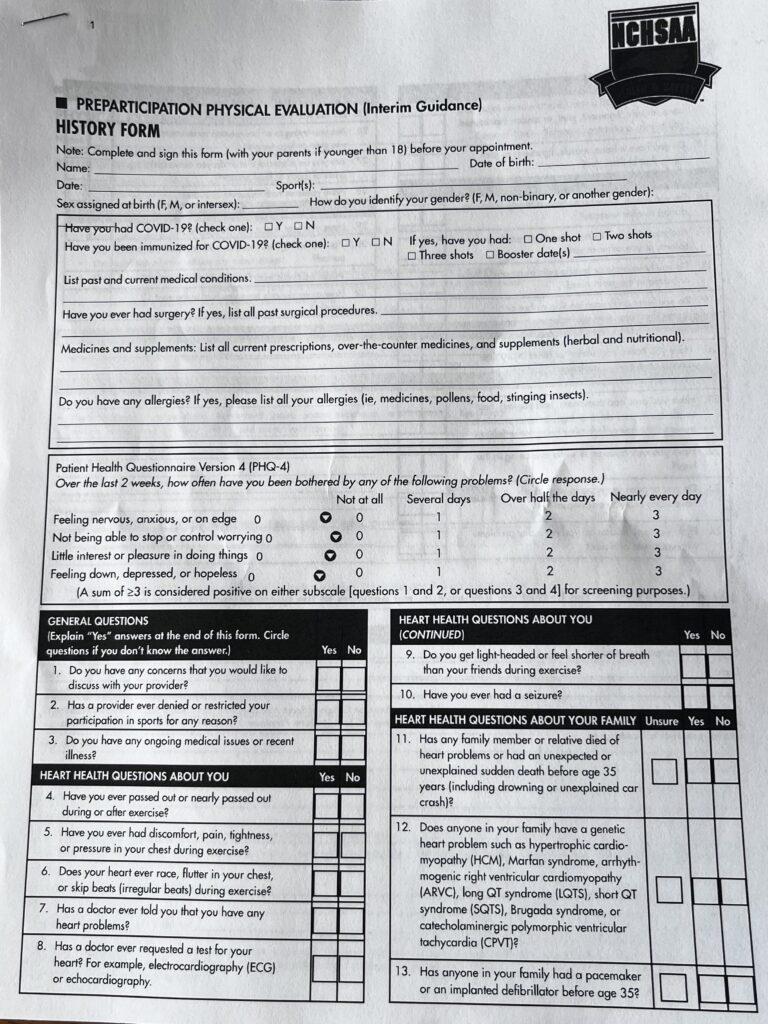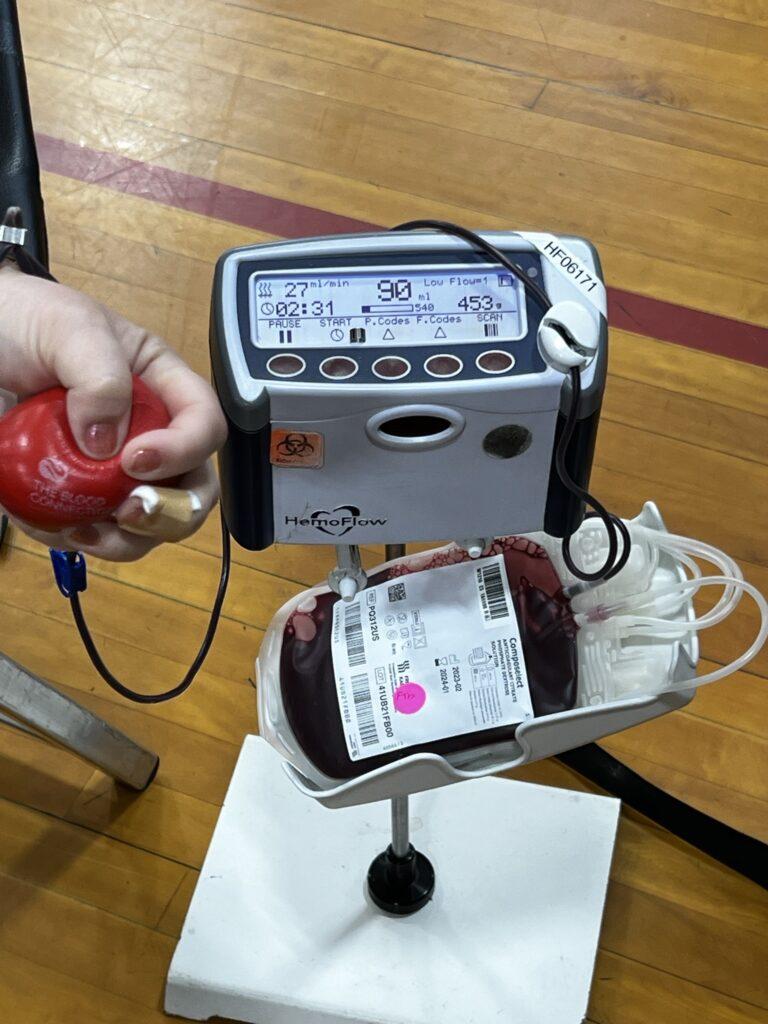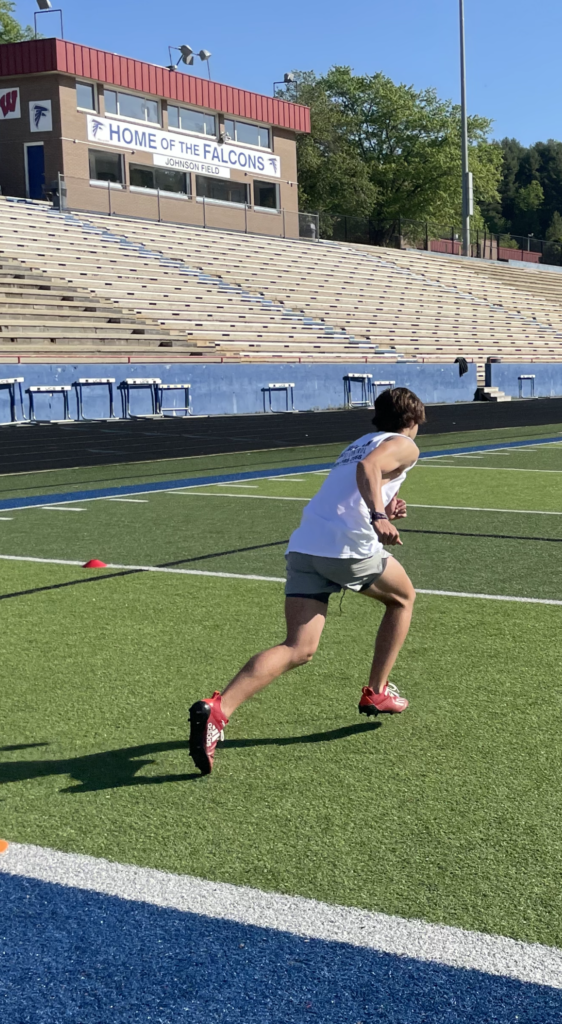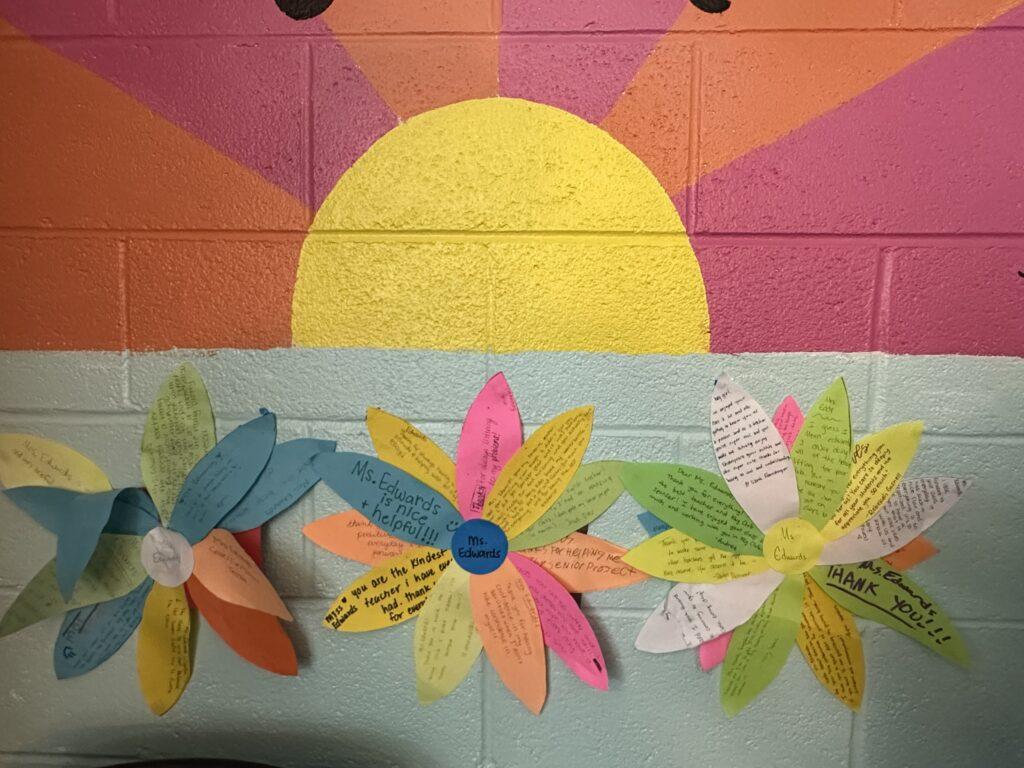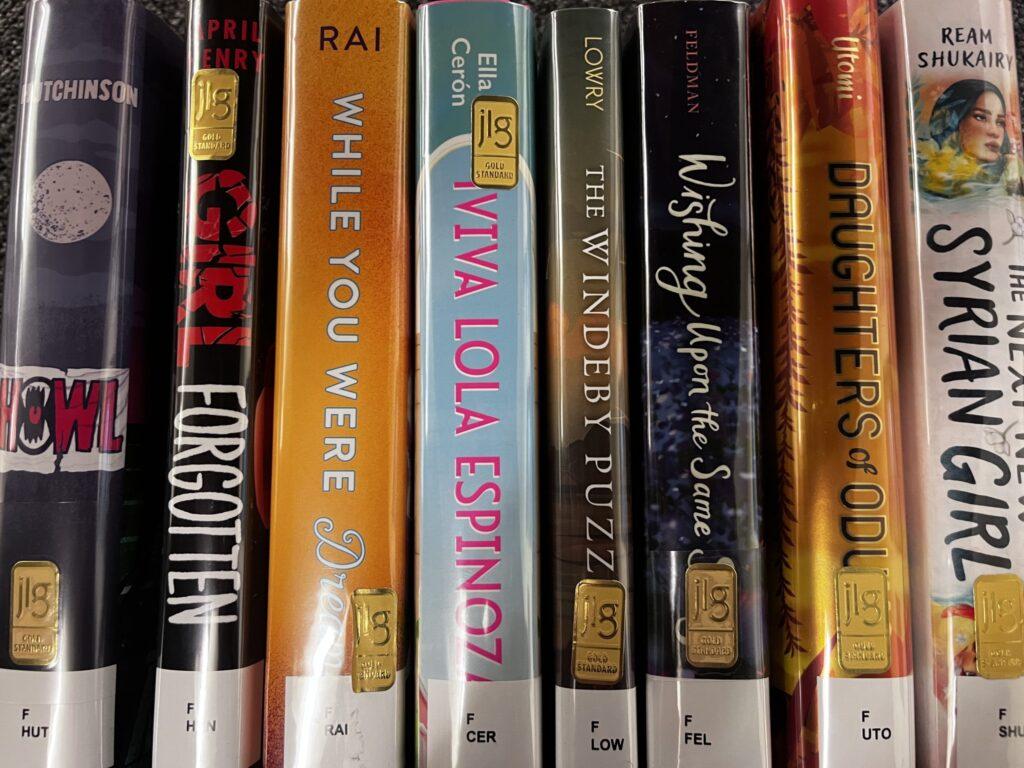One of the privileges I have had this year is being on the North Carolina Scholastic Media Association (NCSMA) Student Board as the vice president of digital communications. At the end of September, the student and adviser boards met at the journalism school at the University of North Carolina at Chapel Hill. Normally, this event would feel lighthearted and upbeat, but things were different this year.
On Thursday, Sept. 13, 2018, Hurricane Florence hit the coast of North and South Carolina. It was originally projected to make impact as a category 3 or 4 but ended up making landfall as a category 2. Nevertheless, the slow-moving storm caused major rain damage. Homes, towns, buildings and schools were completely filled with water and debris. When the NCSMA student officers and adviser representatives reconvened, it was clear. We all shared a unified vision of reaching out to schools within the journalism society of North Carolina and giving them a helping hand.
Many schools were flooded and lost valuable technology or suffered from numerous complications from the storm aftermath. Anna Barefoot, newspaper and broadcast adviser at West Brunswick High School in Brunswick County, North Carolina said that West Brunswick was fortunate to not have as much water damage from the storm as the other schools in her county, but because they were used as a shelter, they had a bedbug and lice infestation as well as an outbreak of Norovirus.
“Our school was used as a shelter, and I have heard that there were over 800 people here at one point. We were the largest shelter, and the most full, so after the rivers continued to rise, more people kept coming in,” Barefoot said. “One of the most unfortunate parts is that some of the donations that were given ended up being contaminated with bed bugs or lice and could no longer be used.”
Not only did their school require cleaning crews, but surrounding schools had major rebuilding issues. Many of the schools had to have walls completely rebuilt, and as a result, are having to reconfigure the way school is running. These students went to school for 10 days and have been out up until Oct. 8.
A lot of these schools with damages produce publications that they need to release to stay on their schedules, and have missed many deadlines. Barefoot said West Brunswick was very fortunate to have all of their equipment still working even through all of the issues, but they are still behind on very important deadlines. She said one of the local middle schools has lost essentially everything, and needs lots of support from schools who can give.
This is where we come in. After going to the meeting and hearing first-person experiences on how truly tragic this storm has been, our adviser, Jason Livingston, set a goal. He challenged each staff member to raise at least $10 to go to journalism programs on the coast in need. Livingston said if we could meet this goal, he would donate $100 of his own.
Last year, the journalism community showed what it was like to truly support each other on a national level. Marcus High School’s journalism program in Flower Mound, Texas, as well as many others, held fundraisers to help the Parkland journalism program continue their publications after the shooting. When two schools come together, it can create a lasting relationship between two groups of people who have one passion: inform the students of our schools and create our publications.
“Some of these kids have lost cars, homes, backpacks, and really have had total loss,” Barefoot said. “Knowing that someone else who is similar to you is reaching out is really powerful and I think that the kids appreciate that and feel more connected and unified than they would have in any other situation.”
When tragedy strikes in areas not near us, it often seems they quickly fade away and become irrelevant. The reality is that people will be rebuilding their lives from the aftermath of this storm for months to come. As North Carolinians and journalists, we are responsible for helping each other out and showing our support. We have an opportunity to create a tight-knit journalism community that cares about what is going on and has a potential to make friends for a lifetime. It is our turn to show what true generosity and love our school and community is capable of sharing, because showing that you care can mean more to people than many would expect.
By: Maci Clark, Westwind Staff


